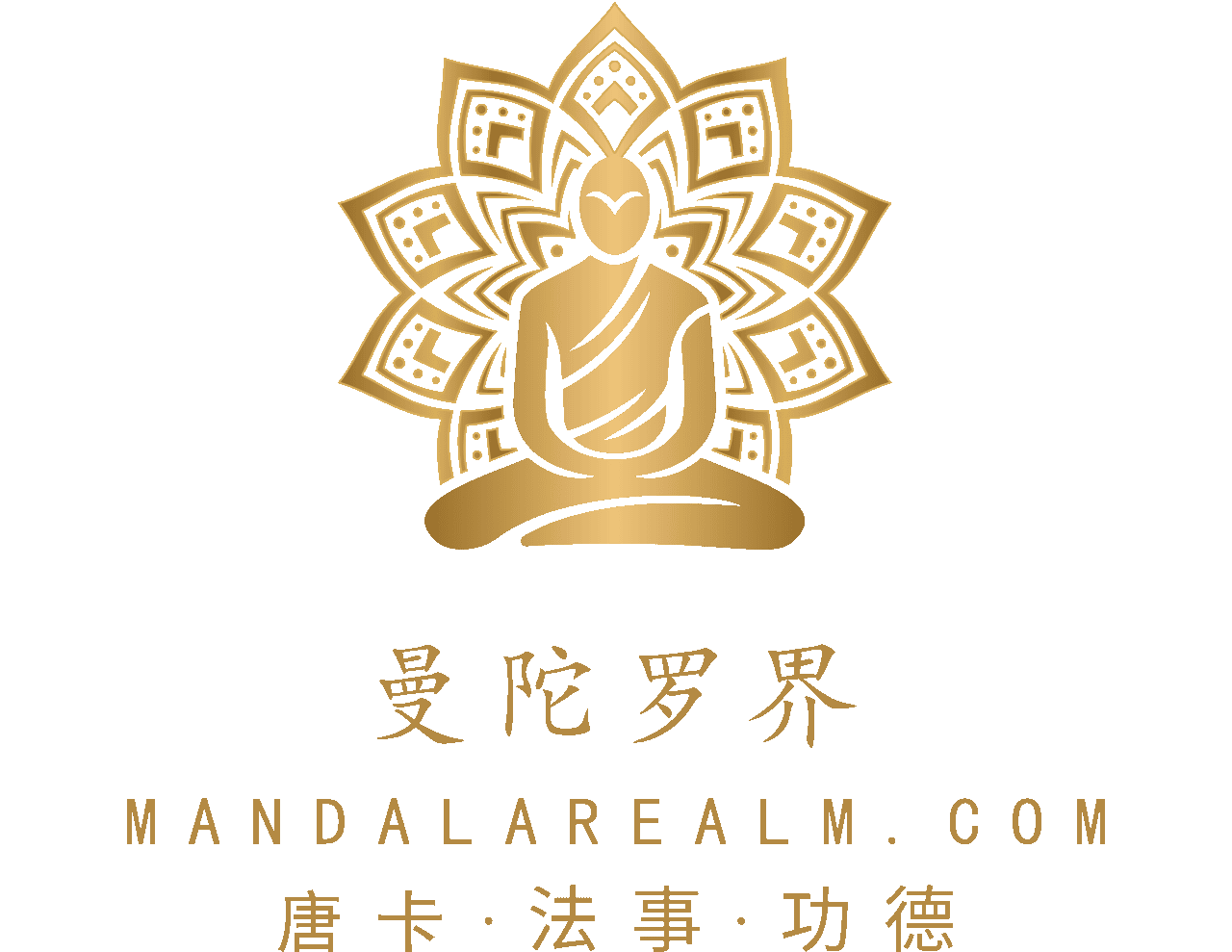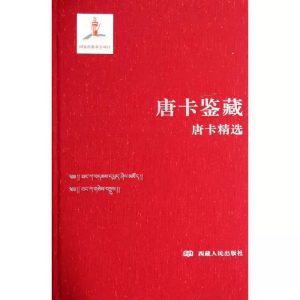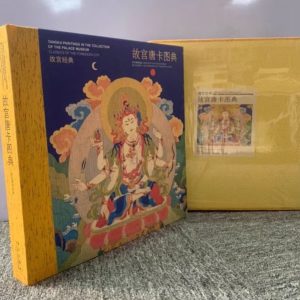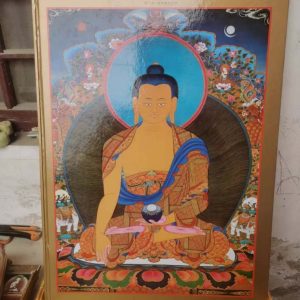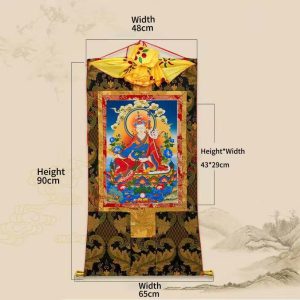How to Identify a Thangka: 5 Simple Steps for Collectors and Beginners
(Attached: Where to find high-quality thangkas at various price points)
introduce
Thangkas are sacred Tibetan Buddhist paintings whose intricate details and spiritual symbolism fascinate art lovers around the world. However, as demand increases, so does the risk of counterfeiting. Whether you are a collector seeking a museum-quality piece or a first-time buyer captivated by its beauty, this guide will teach you how to quickly identify a genuine thangka and how to source ethically sourced thangkas for your home or gallery.
Step 1: Examining the Pigment – Nature’s Permanent Marker
Authentic thangkas use natural mineral pigments (lapis lazuli, malachite, cinnabar) that can remain bright for hundreds of years. Here’s how to identify them:
🔍 Texture: Mineral pigments have a grainy, slightly uneven surface under light (unlike synthetic paints which are flat).
🌈 DEPTH OF COLOR: Real pigments give off a soft, rich sheen; modern dyes often look overly bright or artificial.
Pro Tip: Ask the seller for a certificate of authenticity for the paint—reputable studios like Mandalarealm will provide lab-tested documentation.
Step 2: Check the canvas and lining
Traditional thangkas are painted on cotton or silk canvas, with the back wrapped in hand-stitched brocade for durability:
🧵 Stitching: Look for tight, even stitches (machine-made edges are a red flag).
🖼️ MOUNTING: Authentic products use a silk or linen border; plastic or polyester blends indicate mass production.
Step 3: Interpreting the Artist’s Legacy
Thangka painters undergo decades of training in the Tibetan or Nepalese tradition. Key clues:
🎨Brushwork: The fine gold line (*serku*) should be smooth and natural, and shaky brushstrokes appear amateurish.
📜Signature: Many artists will carefully sign their work in Tibetan on the back; ask about the artist’s resume and background.
did you know? Mandalarealm works exclusively with fifth generation painters from Lhasa and Kathmandu.
Step 4: Verify the Spiritual Accuracy
The postures, mudras and colors of each deity carry deep meaning. Use these resources:
📚 Cross-reference with a trusted iconographic guide (e.g. Principles of Buddhist Art).
🕉️ Check that the geometry of the mandala is in accordance with the sacred proportions (e.g., the eight-petal lotus of Green Tara).
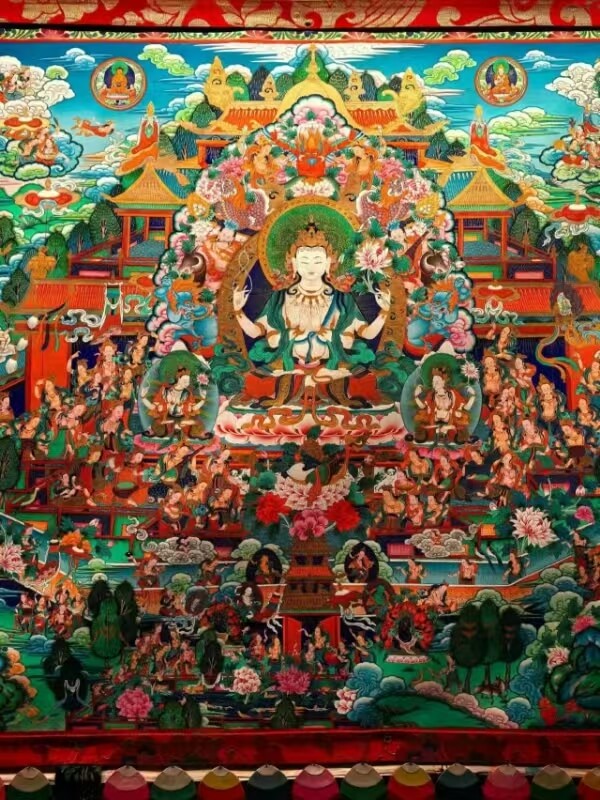
Step 5: Assess investment value
A well-preserved antique thangka can fetch more than $1 million at auction. For modern pieces, consider:
📈 Provenance: Documentation from previous owners/exhibitions increases its value.
🏛️ Awards: Works exhibited in museums (such as the Rubin Museum) or blessed by a lama are prestigious.
Where can I buy authentic thangkas with confidence?
At Mandalarealm, we combine tradition with transparency:
🎁Suitable for every budget:
$500 to $2,000: Woven silk thangka with hand-painted details.
$2,000-20,000: A medieval master painting created entirely with mineral pigments.
Custom Commissions: Work directly with the artist on a personalized design (1-12 months to complete).
🔒Guarantee:
Free worldwide shipping in climate controlled packaging.
Lifetime Certificate of Authenticity + 30 Day Returns.
Conclusion: Your thangka journey starts here
Whether you’re looking for a serene Avalokiteshvara for meditation or a vibrant Kalachakra mandala to add the finishing touch, knowledge is your best ally. Visit the official website to explore our carefully curated collection or start your custom commission today – a fusion of sacred art and modern craftsmanship.
P.S. Do you like Tibetan culture? Subscribe and download our free eBook, Thangka 101: A Collector’s Guide to Symbolism and Care! 📩✨
